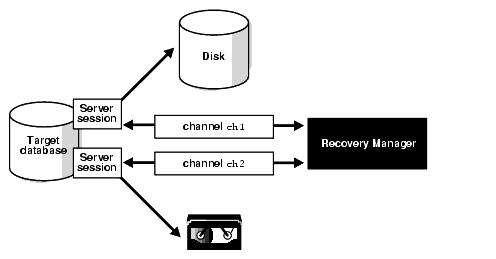O appliance Oracle Exadata é uma das tecnologias mais modernas para banco de dados Oracle, a união de Hardware e Software. Mas este software precisa ser atualizado de tempos em tempos você precisa aplicar o patch.
O time de Engineered Systems da Oracle disponibiliza os updates para serem aplicadas em toda a pilha: do Exadata Software aos binários do banco de dados. É tarefa do DMA acompanhar isso e deixar seu ambiente atualizado, muitas vezes (aqui no Brasil) estes updates são aplicados pelo time de ACS da Oracle, mas nada impede que você mesmo faça isso.
Este é o foco destes artigos, vou mostrar como proceder com um update completo do Oracle Exadata: Exadata Software, Infiniband, Linux, Update do Grid 11GR2 para 12C e Aplicação de BP nos binários do banco. Eu já descrevi sobre isso no meu blog a uns 3 anos atrás (aqui e aqui), mas muita coisa mudou desde aquela época.
Planejamento
De qualquer forma, antes de começar qualquer update (Oracle Exadata ou não) temos que planejar, verificar qual a versão que estamos e qual queremos aplicar.
Para o Oracle Exadata temos uma nota que contempla tudo isso e que é o início de qualquer update: Exadata Database Machine and Exadata Storage Server Supported Versions (Doc ID 888828.1). Nesta nota estão todas as informações importantes como documentação, as versões existentes, versões recomendadas e matriz de compatibilidade entre Exadata Software e binários do banco.
Então, o primeiro passo é o planejamento, ler e compreender esta nota, principalmente com as versões disponíveis e quais serão aplicadas. Outro ponto fundamental do planejamento é conhecer o seu ambiente, no meu caso a imagem que tenho aqui é a 11.2.3.3.0.
No tópico Exadata Storage Server 12c da nota identificamos que a última versão e que será aplicada aqui é a 12.1.2.1.2 (image version 12.1.2.1.2.150617.1) e composta pelos seguintes patches e docs:
- Patch 20748218 – Storage server e InfiniBand
- Patch 21151982 – Database server (para quem não utiliza OVM)
- Readme – Note 2014306.1
Na mesma nota temos as versões do Grid Infrastructure e dos bancos de dados que são compatíveis com as imagens do Exadata. Como o meu planejamento inclui atualizar tudo para a última versão estes também serão atualizados.
Através da nota os seguintes updates serão realizados (e demonstrados aqui nestes artigos):
- Update da imagem 11.2.3.3.0 para a 12.1.2.1.2 do Exadata (storage e bancos)
- Upgrade da versão 11.2.0.4 BP 6 do Grid para a versão 12.1.0.2 BP 9
- Update da versão 11.2.0.4 BP6 do banco de dados para a versão 11.2.0.4 BP 16
Pensando no appliance Oracle Exadata e na relação entre seus componentes o primeiro ponto a ser atualizado é a própria imagem do Exadata Storage Server (Linux, Exadata Software). Depois temos switchs Infiniband. Na sequência temos o update dos Database Servers e seus componentes (Grid e os binários do banco de dados).
Antes de iniciar o update precisamos montar o plano de atualização, qual a ordem de instalação dos patches. Isso só pode ser feito lendo todos os Readmes dos patches que vamos aplicar. Lendo o Readme do Patch 20748218 e Patch 21151982 descobrimos que existem dois métodos possíveis para atualizar o Database Server.
O primeiro é através da imagem ISO que acompanha o Patch 21151982 e o segundo é através da criação do repositório Exadata local. Este último método é o que utilizarei aqui, ele tem algumas vantagens que descreverei em detalhes depois mas é importante entender como funciona. Basicamente você cria um repositório local com os rpm’s que serão aplicados (os mesmo presentes na ISO). Infelizmente esta criação pode demorar um pouco e por isso será o primeiro procedimento a ser realizado.
Através da leitura de todas as notas do MOS envolvidas e de todos os Readmes dos patches aplicados o seguinte plano foi criado:
- Criação do repositório Exadata para Database Server
- Update do Storage Server e Switch Infiniband
- Update do Database Server
- Upgrade do GRID para 12C e Instalação dos binários 12C
- Update dos binários 11.2.0.4 para o BP16
Abaixo a descrição detalhas de cada uma destas etapas acima listadas.
A última atualização deste artigo foi em 03/08/2015.

